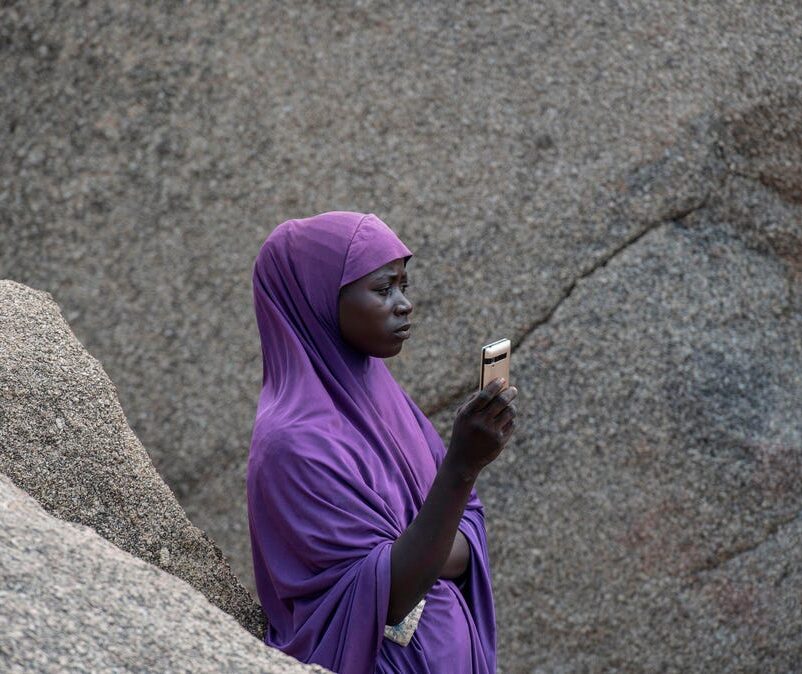
In one of his short story collections published in 2014, Haruki Murakami spoke of the melancholy of a world where “men without women” live. Blockchain and the metaverse are attracting investors and young talent, but as we approach March 8 – International Women’s Day – I have no choice but to sound the alarm: Web 3 is being built without women!
Recent data is clear: 13% by mixed teams of men and women. Women represent 25% of the workforce in Web 3 startups where they mainly hold roles in marketing and HR functions, and only 12% in technical roles. This means that the platforms of tomorrow are designed by men and therefore for men. Women’s behavior today is very rational: startups founded by exclusively female teams raise an average of four times less money than those founded by all-male teams… so why bother launching one?
Both Ernest Hemingway and Haruki Murakami published story collections titled “Men without Women,” about the melancholy world of men without women in their lives. This world is arriving with Web 3.0, promising greater transparency and security using blockchain technology, but missing one thing: women.
So, on International Women’s Day, let’s sound the alarm.
Just 3% of Web 3.0 startups were founded by women and a mere 12% of technical positions in Web 3.0 are held by women. This platform of tomorrow is being designed by men, for men.
The gender imbalance reflects the male dominance of the blockchain industry as a whole. According to a recent report by Outlier Ventures, women make up a meager 14.5% of the blockchain industry workforce, an alarming statistic compared to the 26% of women in the overall technology sector. Despite ongoing efforts to promote gender diversity, blockchain’s famous bro culture has failed to attract many women.
The problem is not simply a question of ethics. It took women and minorities to point out how biased artificial intelligence systems could be. The lack of diversity in the development of Web 3.0 can also lead to systems that are less accurate or less effective in serving women’s needs.
For example, the use of smart contracts in the decentralized finance space are designed to be trustless, meaning they rely on code rather than intermediaries to execute transactions. However, code that requires collateral can be a barrier to entry for women, who may not have the same access to collateral as men. Having a diverse team of developers can help ensure that such principles are implemented fairly and equitably.
But there is hope. Many groups champion a more diverse and inclusive Web 3.0, including an increased presence of women in investment teams, eradicating the unconscious bias that favors male-dominated startups.
On the brand side, it is crucial to create truly inclusive universes, ensuring that Web 3.0 value propositions attract both men and women, promoting equal adoption. Major brands, such as L’Oreal and LVMH, have appointed female Web 3.0 and metaverse heads and are working on partnerships with Web 3.0 communities created by women.
On the platform side, we need to integrate layers of responsible AI, ensuring that women are no longer systematically offered white male avatars and can evolve in an unbiased virtual world. The most popular platforms among Generation Z (Roblox in the United States and Europe; Zepeto in Korea) have completely mixed audiences.
Highly-structured networks like Women Who Code, with its staggering 290,000 members, offer solace and a much-needed sense of community. A more systematic ESG measurement and reporting system, focused on team diversity – particularly gender diversity – could move the sector forward.
It is clear that Web 3.0 has the potential to revolutionize the internet, but we must promote diversity and inclusivity, creating educational programs that empower women and provide a platform for women to connect and share knowledge. By doing so, we can create a more equitable and diverse Web 3.0 ecosystem that benefits everyone and for instance avoid that women are systematically proposed by default me avatars as it is the case today in many platforms
The gender gap in Web 3.0 is not only a problem of underrepresentation but also a problem of equal opportunity. The lack of diversity in the industry can limit perspectives and creativity, hindering Web 3.0 development.
If we exclude women from the conversation, we risk missing out on new and innovative ideas that could unlock the full potential of Web 3.0. To create the future of the internet that includes everyone, regardless of gender, race, or socioeconomic background, we must take bold action to promote diversity and inclusivity.
As the French surrealist writer, Louis Aragon, famously said, “women are the future of men.



